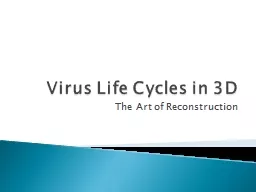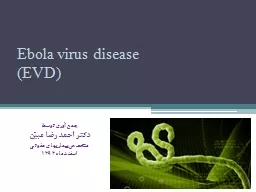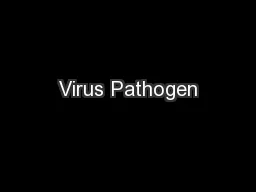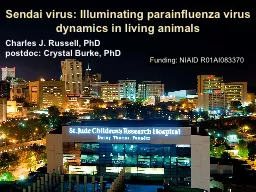PPT-What is a virus? A virus is…
Author : thomas | Published Date : 2024-01-03
A virus from the Latin virus meaning toxin or poison is a microscopic organism consisting of genetic material RNA or DNA surrounded by a protein lipid or glycoprotein
Presentation Embed Code
Download Presentation
Download Presentation The PPT/PDF document "What is a virus? A virus is…" is the property of its rightful owner. Permission is granted to download and print the materials on this website for personal, non-commercial use only, and to display it on your personal computer provided you do not modify the materials and that you retain all copyright notices contained in the materials. By downloading content from our website, you accept the terms of this agreement.
What is a virus? A virus is…: Transcript
Download Rules Of Document
"What is a virus? A virus is…"The content belongs to its owner. You may download and print it for personal use, without modification, and keep all copyright notices. By downloading, you agree to these terms.
Related Documents














